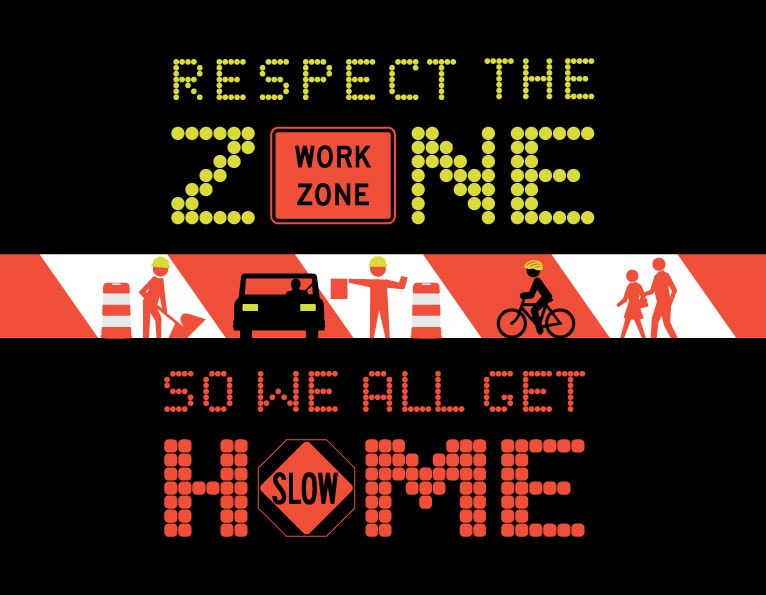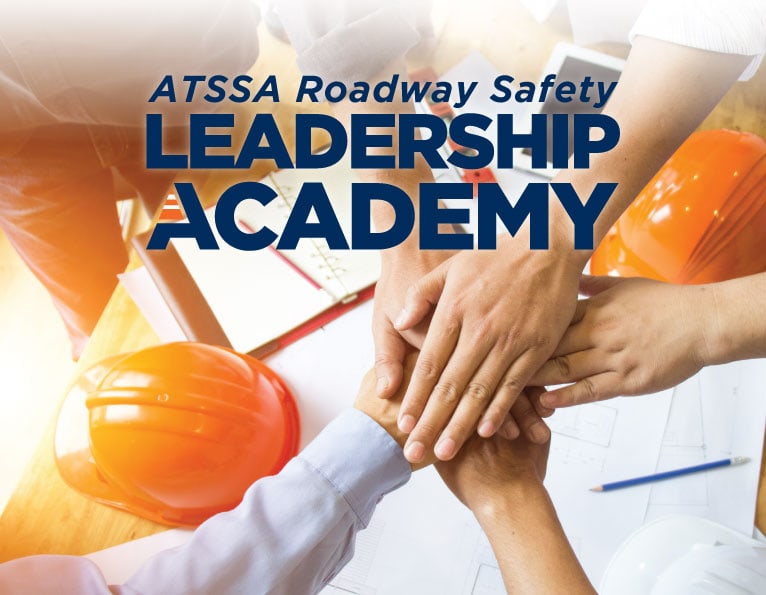Related News Articles
NAPA, ATSSA aim for worker safety considerations in next highway bill
NAPA, ATSSA aim for worker safety considerations in next highway bill Work zone safety & Washington, D.C. The National Asphalt…
‘Respect the Zone – So We All Get Home’
Contact: Maria Robertson ATSSA Director of Marketing & Communications 540-376-3891 communications@atssa.com ‘Respect the Zone – So We All Get Home’…
ATSSA launches new leadership program in August
ATSSA launches new leadership program in August Apply now for ATSSA Roadway Safety Leadership Academy ATSSA is launching a new,…


